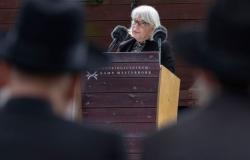The first BOS was established in 2020 with the aim of reducing nitrogen emissions in all sectors, strengthening nature and allowing economic and social initiatives to move forward again. The BOS 2.0 continues the current line of ‘reduce, strengthen and progress’ and makes some measures and the expected results more concrete. “While discussing BOS 2.0, I will explain to our partners that the provincial approach is not a panacea,” says deputy Wilma Dirken (Space, Housing, Nitrogen and Safety). “We were and remain largely dependent on national policy and financing to structurally tackle the nitrogen problem. I do see opportunities to keep Brabant open in some regions in the long term.”
Huge task
All sectors must contribute to reducing nitrogen emissions. This is necessary to ensure that less nitrogen ends up in vulnerable Natura 2000 areas. At a safe amount of nitrogen, the Critical Deposition Value (KDW), nature can still restore itself. The Environmental Act prescribes that half of the nitrogen-sensitive Natura 2000 areas in the Netherlands must be under the KDW by 2030. The province is adopting this ambition in BOS 2.0. According to forecasts by the Netherlands Environmental Assessment Agency (PBL), with the current measures, only 14% of these Brabant Natura 2000 areas will be included in the KDW by 2030. Dirken: “The nitrogen challenge is enormous, so Brabant is sticking to the generic measures that have been implemented, such as tightening the emission standards for livestock farming. We are also developing an area approach to take effective measures per area.”
Natura 2000 areas
Further research is currently being conducted into the expected effect of the tightened emission standards for livestock farming on each Natura 2000 area in Brabant. It is expected that the measures from BOS 2.0 will meet the government target for Brabant to reduce approximately 7 kilotons of ammonia emissions in agriculture by 2030. Brabant and the Ministry of Agriculture, Nature and Food Quality are working together with Flanders, among others, to reduce cross-border nitrogen. reduce, because more than 40% of the nitrogen in Brabant’s Natura 2000 areas comes from abroad.
The province has only limited resources to directly manage nitrogen emissions from the mobility and industry sectors. The national climate policy for mobility has the by-catch of decreasing nitrogen emissions. For industry, the province has expanded the sustainability program for Brabant industrial estates, Grote Oogst.
Follow-up
In May and June, GS will discuss the draft BOS 2.0 with the Provincial Council and social partners. The plan is for GS to establish BOS 2.0 in August. If they wish, the Provincial Council can then request a decision-making theme meeting about this in September. In October, the GS will definitively adopt BOS 2.0 and make a proposal to the Provincial Council for the financial consequences.






